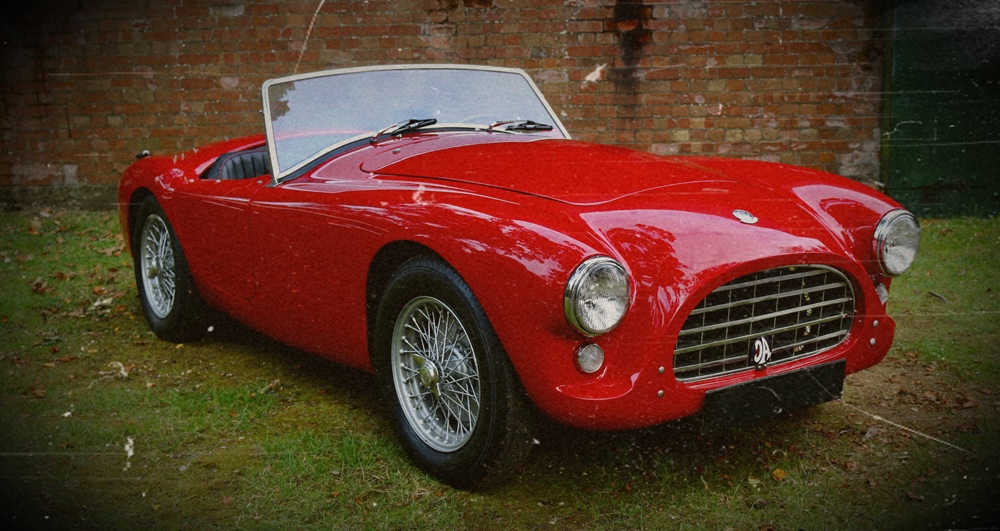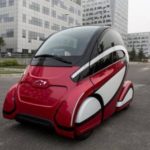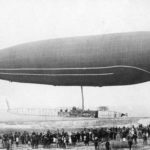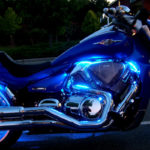Automobile History Facts, Engine and Wheel Trivia
To many people, life without an automobile would be unthinkable. So today we will talk about historical facts about automobiles, and learn about their engine and wheels. It has influenced their whole pattern of living – where they live and work and how they spend their leisure time. Many drivers take part in activities of various automobile associations. The United States is the world’s largest producer of automobiles.
Automobile history facts
Modern automobiles are fast, sleek, and comfortable – quite different from the bone-shaking ‘horseless carriages’ of the late 1800s. But the first motor vehicles appeared at least 200 years ago. They were driven by steam and were slow, noisy, and often dangerous. From the 1830s onwards, electric cars driven by batteries were developed. They were faster and quieter but could only travel a short way before the batteries needed recharging.
In 1860, Jean Lenoir built in France the first successful engine using internal combustion -burning fuel inside a cylinder. And this is the principle on which automobile engines work today. In 1885, two German engineers, working independently, produced vehicles that can be considered the forerunners of today’s automobiles. The engineers, Karl Benz and Gottlieb Daimler, both used internal combustion engines with gasoline as fuel.
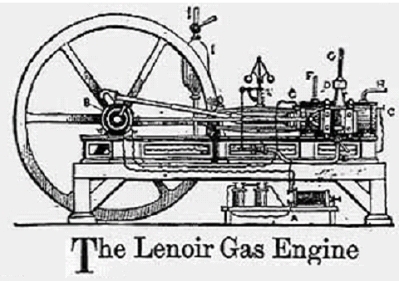
Automobile history facts: in the early 1900’s mass production was introduced into the United States. Henry Ford developed the system in which cars were assembled in parts by semi-skilled labor. The automobile moved down a line of workers who each assembled a certain part of it. This method of assembly-line production using conveyor belts is the one used to make cars today. Ford concentrated on one model – his famous Model T, or ‘Tin Lizzie’.
Facts about automobile engines and wheels
Development during both World Wars was rapid. Engines were improved to give greater power. Automobiles became more reliable and easier to drive. The modern car, in fact, is a highly efficient, comfortable machine. The engine of the automobile provides the power to turn the car wheels. It may be at the front or the back of the car. The engine power comes from burning a mixture of gasoline and air in the cylinders. Most engines have four, six, or eight cylinders in a straight line. Some are in the shape of a ‘V’.
Inside each cylinder is a close-fitting piston that can move up and down. The gases produced by burning the fuel push the piston down. The pistons are connected to a crankshaft and force it around. At one end of the crankshaft is a heavy flywheel, which smoothes out the motion. Power from the engine is transmitted to the wheels by the transmission system.
Most engines work on what is known as the four-stroke cycle. This means that the piston only produces power on one out of four strokes, or movements. Some engines work on a two-stroke cycle and produce power on every downward stroke. Fuel for the engine is provided by the fuel system.
The gasoline
Most cars use gasoline as fuel. The gasoline is stored in a tank away from the engine and forced by a gasoline pump along a pipe to the carburetor. In the carburetor, the gasoline mixes with air drawn in by the engine to form a fine spray that burns easily. The gasoline mixture enters the engine cylinders around mushroom-shaped valves and is ignited by a powerful spark produced by the ignition system. Two devices called a contact breaker and an ignition coil can use the power of the automobile’s battery to produce a spark. The spark is produced in the cylinder when electricity ‘jumps’ across a gap between the metal points of a spark plug. The sparks are needed in the cylinders at different times. A rotating arm in the distributor ‘distributes’ the electricity to each spark plug in turn.
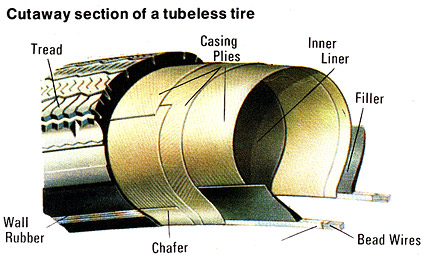
The majority of cars have the gasoline engines described above, but some have diesel engines, like most heavy trucks. Diesel engines differ from gasoline engines because they have no spark plugs or carburetors. Diesel oil is injected into the engine directly and burned by the heat of air compressed in the cylinders. It thus works by compression ignition rather than by the spark ignition of gasoline engines. Fuel injection is also used in some gasoline engines. The battery is charged continually while the engine is running by the generator. The battery provides power not only for ignition but also for the starter motor to start the engine, the lights, the horn, and the windshield wipers.
When fuel burns inside the engine cylinders, it produces a lot of heat. This heat must be removed if the engine is to work properly. Most engines are cooled, by circulating water through them. But some are cooled by blowing air over them. In a water-cooled engine, water is pumped through passages called water jackets surrounding the cylinders. It absorbs heat there and passes into the tiny tubes of the radiator. A fan driven by the engine draws cold air over these tubes to cool the water. The colder water then returns to the engine.
The many moving metal parts in the engine must be continually oiled or lubricated, to prevent wear. Oil from a trough called a sump is pumped through a filter to the moving parts. Some parts receive oil directly; others are merely splashed with oil. The transmission system of the automobile transfers power between the engine and the driving wheels. A driver uses the clutch to disconnect the engine from the rest of the system when he wishes to change gear or stop. The friction clutch contains sprung metal plates and the fluid clutch contains oil to transfer power between the flywheel and the gearbox. The fluid clutch works automatically.
The driver changes gear to make his automobile go faster or slower for the same engine speed and to reverse, or go backward. The gearbox consists of a number of toothed wheels of different sizes which mesh together to turn at different speeds. In cars with automatic transmission, the gears change automatically.
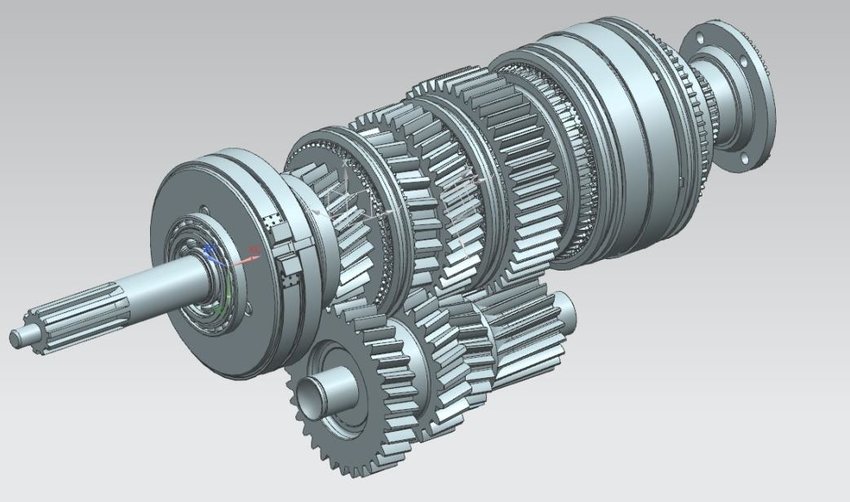
The propeller shaft takes the power to a final drive, which consists of differential and half-shafts connected to the driving wheels. The differential allows one wheel to turn faster than the other on cornering. The driver steers his car by turning the steering wheel. This movement travels down the steering column into the steering box, and from there by a system of rods and arms to one of the front wheels. The two wheels are connected by the track rod so that one turns with the other. The system is so designed that the inner wheel turns more sharply than the outer one when traveling around corners.
The braking system of an automobile is designed to stop it swiftly and safely. Every car has two independent systems, the foot brake, and the hand brake. The foot brake acts on all four wheels and acts by hydraulic (liquid) pressure. The hand brake acts on the back wheels only and is linked to them by rods or cables.
Each wheel has a brake drum or disc on it. When the driver applies the brakes, a pad of hard material called a brake lining is forced against the drum or disc and slows it down. For a comfortable ride, every car in fact must have an efficient suspension system. Most suspension units include springs over each wheel to cushion the vehicle from bumpy roads. In independent suspension, each wheel can move up and down without affecting the others. Dampers, or shock absorbers, are included in suspension systems to prevent the vehicle from bouncing on the springs too much.
The bodies of some automobiles are made of fiberglass, but most are made of steel sheets by integral, or unitary construction. Huge steel presses shape the body as a strong, rigid shell. The other body parts and mechanical units are attached to the shell. Some automobiles and heavy vehicles have a separate frame, or chassis, on which the body and other units are mounted.
